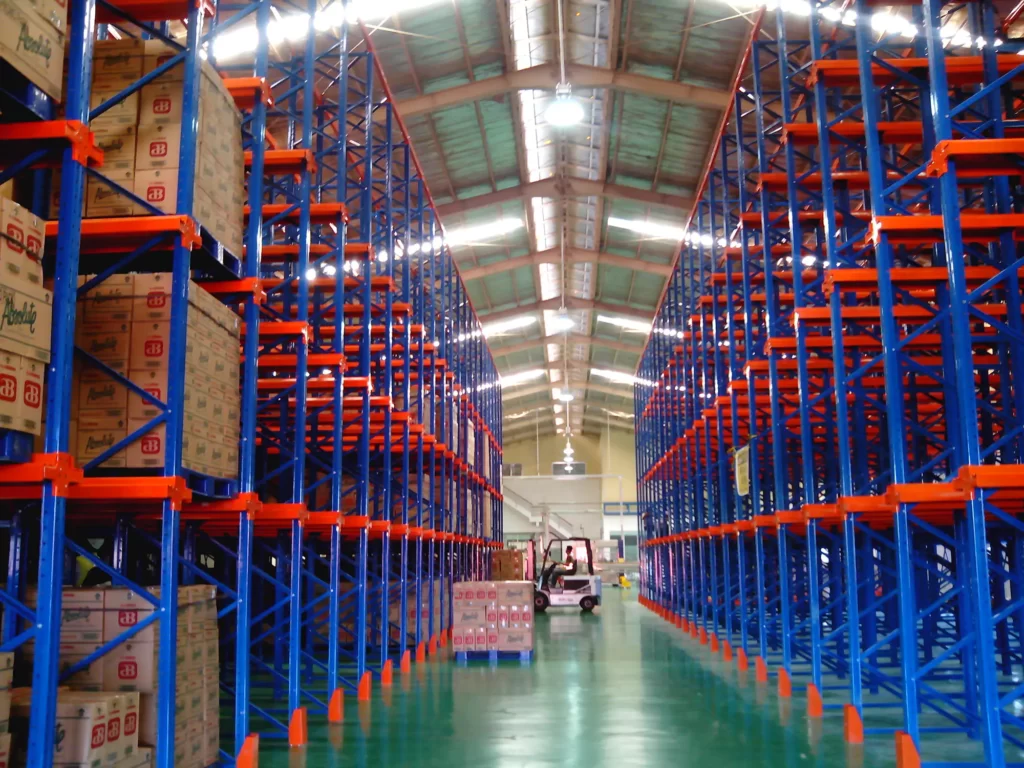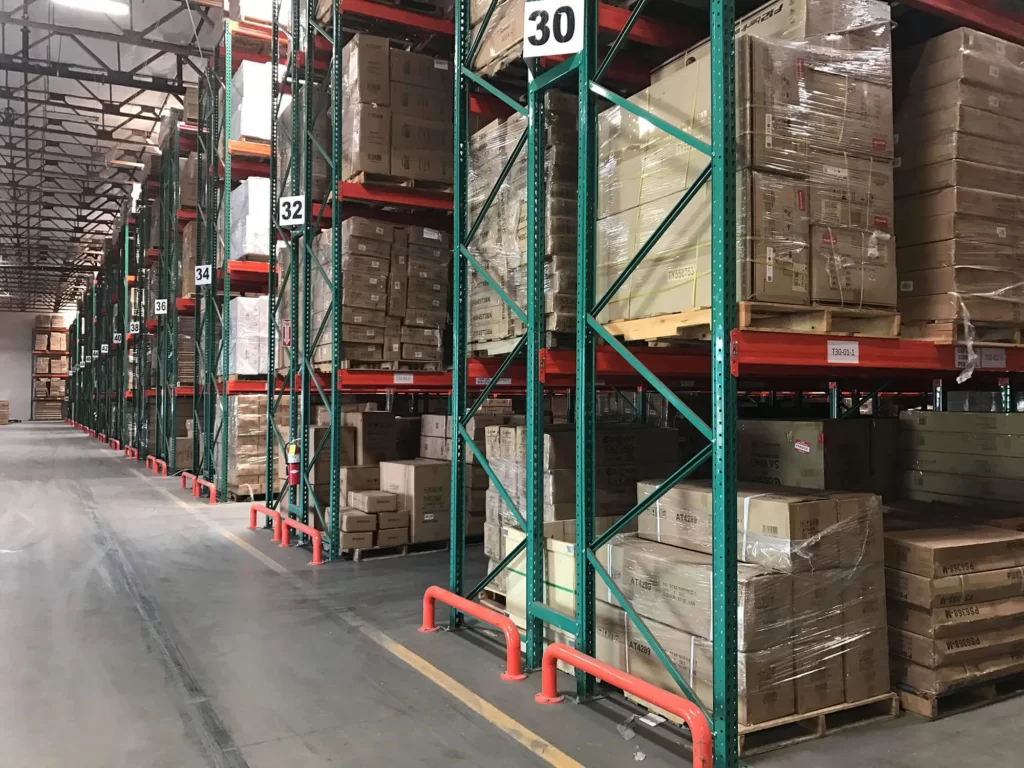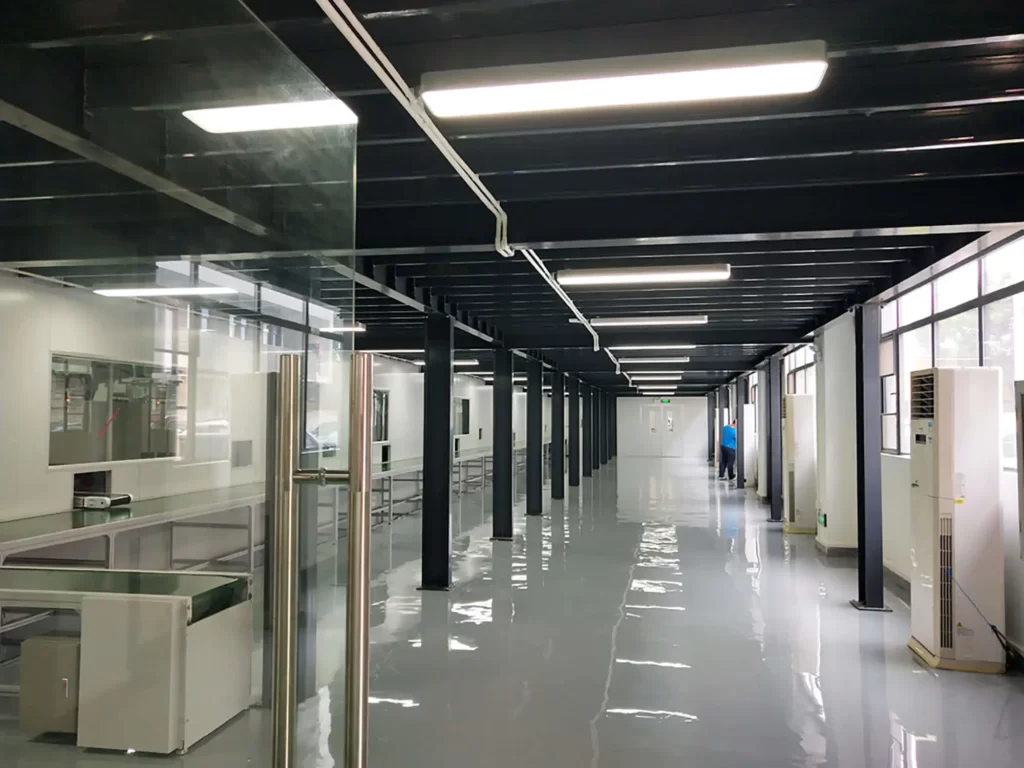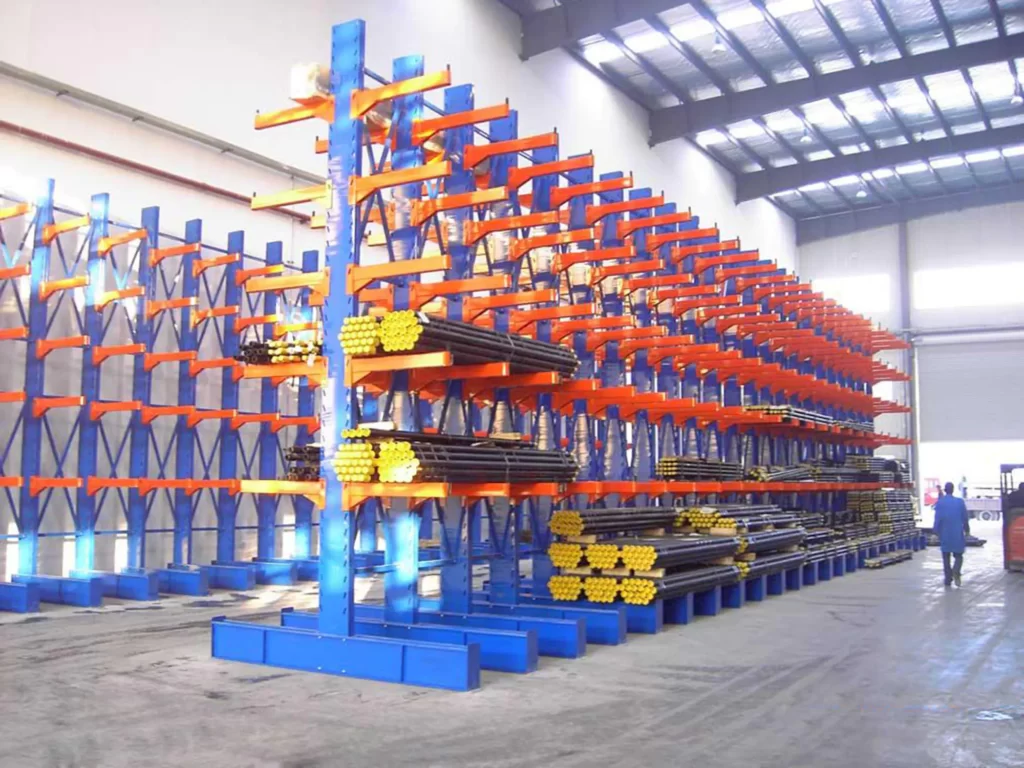Improving logistics techniques is crucial for any business seeking a competitive advantage in today’s fast-paced and highly competitive environment. A critical metric to have a competitive advantage is to capitalize on your lead time in logistics management—it relates to the time it takes to accomplish a customer order from when it is placed to when it is supplied.
Many variables can affect lead time, including the time needed for transportation, inventory management, and supplier lead times.
In today’s article, we will provide a detailed abstract of lead time in logistics and its viability to businesses running in the supply chain industry. We will also look at numerous techniques and best practices for optimizing lead time, which will help businesses to save money, boost customer satisfaction, and gain a competitive advantage.
Understanding Lead Time in Logistics.
Lead time is an important metric for businesses operating in logistics. It provides the time it takes from when a customer establishes an order till the order is supplied. A thorough research of lead time is essential to assure that the product is provided in the most efficient time possible.
To begin with, lead time can be disintegrated into several different classes.
Types of Lead time in logistics
Manufacturing Lead Time
It is the time required for a product to be manufactured from raw materials to finished goods. This type of lead time is often associated with make-to-order products or custom manufacturing or designing, where lead times could be longer, sometimes in weeks, due to the complexity of the manufacturing process.
Order Lead Time
Order lead time refers to the time it takes to receive an order from a customer and process it for delivery. This type of lead time comprises order processing time, which includes order entry, picking, packaging, and shipping, and is affected by inventory availability and transportation time. Order lead times are typically shorter—some orders may be filled in a day, while others may take a little longer, depending on the industry and product.
Delivery Lead Time
Delivery time represents the time it takes for a product to be delivered to the client after it has been dispatched. It covers transportation time, such as shipment and delivery times, and is affected by various factors, including distance, mode of transportation, and carrier reliability.
Factors Affecting Lead Time
Lead time is not just affected by one parameter. On the contrary, various factors influence lead time. Here is a brief breakdown of each factor:
Inventory Management
Firstly, the size of the inventory ready to complete a client’s order. When inventory levels are low, it takes longer to complete an order compared to when the inventory is full, resulting in longer lead times. Inventory management solutions, such as just-in-time (JIT) inventory or safety stock, can help businesses optimize inventory levels.
Besides automated solutions, we also recommend training your staff, especially on-duty at the warehouse facility, for their performance and understanding of different tools and techniques employed. Remember: it is small things that matter!
Transportation Time
Second, the time it takes for products to be delivered from one point to another influences supply chain lead time. Longer shipping times can result in longer lead times. Companies can save time on transportation by adopting the most efficient mode of transportation and streamlining transportation procedures with transportation management systems (TMS).
Supplier Lead Times
Lastly, the time it takes suppliers to carry raw materials or finished goods might have an effect on lead time. If suppliers’ lead times are higher, there will be longer manufacturing lead times. Supplier lead times can be diminished by communicating with them, using supplier performance indicators, and utilizing vendor-managed inventories (VMI) systems.
How to Calculate Lead Time in Logistics
Calculating lead time is a vital step in maximizing supply chain performance in logistics. The lead time is the amount of time it takes from when an order is placed to when it is delivered to the client. Understanding lead time is critical for ensuring timely deliveries and improving customer satisfaction. Following are the procedures for calculating logistics lead time:
Determine the Start Date
The order’s start date is the day it is placed. It could be the date the customer placed the order or the date the business receives the order.
Determine the End Date
The order’s end date is when it is delivered to the consumer. It can be the date the order is received by the customer or the date it is shipped from the warehouse. The terms of references defined in your manual would dictate the meaning of the end date.
Calculate the Manufacturing Lead Time
Manufacturing lead time is the amount of time it takes from day 1 to end—that is, when the production order is released to when the finished product is available for dispatch. This covers the time spent on acquisition, design, processing, and assembly. Manufacturing lead time is an essential consideration in determining the lead time for those businesses dealing in manufacturing sectors.
Calculate the Transit Time
Transit time means the time it takes to transfer a product from the warehouse to the client. It covers the time spent loading, unloading, and transporting goods.
Calculate the Processing Time
The time it takes to process an order, including order confirmation, picking, packaging, and paperwork, is referred to as processing time. This is often ignored by businesses, or not paid proper attention to. Ensure that the processing time is as little as possible.
Calculate the Total Lead Time
Lastly, the overall lead time. It is the sum of the manufacturing, transit, and processing times—the period of time between when an order is placed and when it is delivered to the customer.
Businesses may correctly measure lead times and find areas where they can improve supply chain performance by following these procedures. Correct lead time estimation is critical for timely deliveries, cost reduction, and increased customer satisfaction.
Importance of Optimizing Lead Time.
Optimizing lead time is critical for businesses operating in the logistics industry. By improving lead time, businesses can achieve several benefits, among them the following:
Reducing Costs
Longer lead times can raise transportation expenses, inventory carrying costs, and operational efficiency. Businesses can lower these costs and enhance their bottom line by optimizing lead time.
Improving Customer Satisfaction
Consumers nowadays expect their orders to be delivered quickly and reliably. Businesses can improve customer happiness, loyalty, and retention by minimizing lead time, resulting in higher revenue and profitability.
Gaining a Competitive Edge
Companies that can deliver orders faster and more efficiently have a huge competitive advantage over their competitors in today’s highly competitive business market.
Firms must prioritize lead time optimization throughout their supply chain to reap these benefits. This necessitates a deliberate strategy comprised of several critical steps:
Streamlining Processes
Businesses can shorten lead times and enhance operational efficiency by simplifying order processing, inventory management, and transportation operations. Using tools like transportation management systems (TMS), warehouse management systems (WMS), and order management systems can help achieve this (OMS).
Collaborating with Partners
Partnerships with suppliers, carriers, and other logistics partners can assist firms in reducing their lead times. Businesses may cut lead times and improve supply chain efficiency by collaborating closely with partners to improve processes and communication. For example, you can discuss the delay in deliveries with your logistics partners and brainstorm techniques that would minimize the lead time on their end.
Implementing Continuous Improvement
Working on your lead time is never a one-off event. Its optimization is an ongoing process that demands continuous progress. Businesses can discover areas for improvement and execute changes to further optimize lead time by monitoring and analyzing logistics processes on a regular basis.
To put it briefly, optimizing lead time is critical for organizations in the logistics industry. But how do you improve the lead time the right way? While there is no mystic stick to do that, there are some techniques you can obtain to optimize lead time in logistics and the supply chain.
How to Optimize the Lead Time in Logistics?
Optimizing lead time needs quite a strategic tactic that involves several key strategies. Here are some effective ways that businesses can carry out to optimize lead time:
Improve Forecasting Accuracy
For optimizing lead time, accurate demand forecasting is crucial. Businesses may more successfully manage their production schedules, inventory levels, and transportation needs if demand is precisely forecasted. Companies can enhance forecasting accuracy by using past sales data, market research, and communication with sales and marketing teams.
Adopt Just-In-Time (JIT) Inventory Management
JIT inventory management is an approach for reducing inventory levels by receiving and creating commodities only when they are needed. This method has the potential to shorten lead times and increase inventory efficiency. Businesses can cut inventory carrying costs and enhance cash flow by utilizing JIT.
Optimize Transportation
Transportation is perhaps the most important part of the logistics supply chain, and optimizing it can assist in minimizing lead times. Companies can lessen the transportation period by ensuring the use of the most efficient methodologies of transportation, fusing shipments, and standardizing transportation protocols through transportation management systems (TMS).
Enhance Vendor-Managed Inventory (VMI)
Efficient order management ways can help you cut your lead times and enhance customer satisfaction. You can computerize order processing, pare down order processing time, and scale order accuracy by installing an order management system (OMS).
Improve Order Management Processes
Efficient order management processes can help businesses cut lead times and provide better consumer gratification. By implementing an order management system (OMS), you can computerize order processing, lessen order processing time, and enhance order sustainability.
Improving order management is not viable without organizing your warehouse. Ensure that your warehouse is organized enough to meet the ever-growing demands of your customers.
Collaborate with Logistics Partners
We have already discussed this part above. Cooperation with logistics partners, such as suppliers and carriers, can assist organizations in reducing lead time. Businesses may cut lead times and improve supply chain efficiency by collaborating closely with partners to improve processes and communication.
Implement Continuous Improvement
We have said it earlier and will repeat it: Lead time optimization is a constant process that demands continuous progress. Businesses can discover areas for improvement and execute changes to further optimize lead time by monitoring and analyzing logistics processes regularly.
Best Practices for Managing Lead Time.
Effective lead time management necessitates the use of various best practices by firms. These are some recommended practices that firms can use to better manage lead time:
Develop a Lead Time Policy
Developing a lead time policy can assist firms in setting clear expectations for lead times throughout the organization. The policy should include the lead time for each product or service, as well as the method for managing exceptions and the repercussions of missed lead times.
Track Lead Time Performance
Monitoring lead time performance on a regular basis can help firms find areas for development and make data-driven decisions. Order cycle time, manufacturing lead time, and transportation lead time are all key performance indicators (KPIs) that can help firms measure lead time performance and find areas for improvement.
Conduct Root Cause Analysis
Root cause analysis can assist firms in identifying the fundamental reasons for lead time concerns. Businesses can discover the fundamental cause of lead time issues and establish effective remedies by evaluating data and holding cross-functional talks.
Implement Cross-Functional Collaboration
Optimizing lead time necessitates cross-functional cooperation among many departments, such as sales, marketing, production, and logistics. You can minimize lead times and enhance supply chain metrics by coordinating and sharing data with relevant people, involving different sections in your company.
Use Technology
Technologies such as transportation management systems (TMS), warehousing management systems (WMS), automated storage & retrieval system (ASRS), and order management systems (OMS) can help organizations in managing lead time. These technologies can computerize procedures, enhance data visibility, and provide better communication.
Improve, Improve, Improve
Lead time optimization is an ongoing process that asks for continuous progress. Businesses can discover areas for improvement and execute changes to further optimize lead time by monitoring and analyzing logistics processes on a regular basis.
Conclusion
To summarize, lead time is an important aspect of logistics that organizations must minimize in order to improve supply chain performance. Businesses can streamline their processes, decrease expenses, and enhance customer satisfaction by analyzing lead time, implementing efficient tactics, and adhering to best practices. Businesses may keep ahead of their competitors and satisfy their consumers’ expectations in today’s fast-paced business environment by constantly reviewing and optimizing their lead time.








